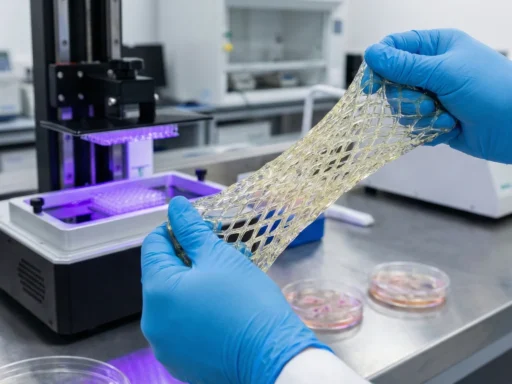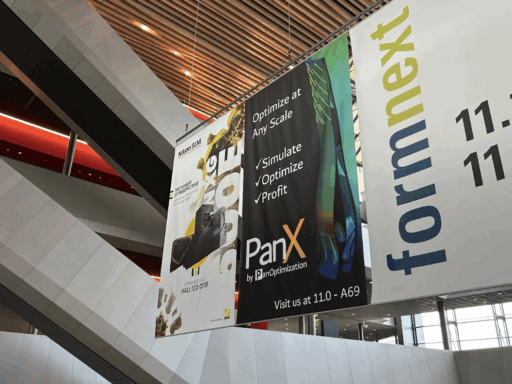Researchers at RMIT University have designed a breakthrough titanium alloy that is both stronger and much more affordable than existing options, holding potential to transform industries from aerospace to automotive to medical device manufacturing.
Detailed in Nature Communications, the study showcases a new method for 3D printing titanium alloys that slashes production costs by nearly 30% compared to the commonly used Ti-6Al-4V alloy. The innovation offers a replacement to an increasingly expensive vanadium with more budget-friendly and instantly available alternatives – while maintaining both strength or performance of conventional alloys.
“3D printing allows faster, less wasteful and more tailorable production, yet we’re still relying on legacy alloys like Ti-6Al-4V that don’t fully capitalize on that potential,” said lead author and PhD candidate Ryan Brooke, RMIT’s Centre for Additive Manufacturing. “It’s like we’ve created an aeroplane and are still just driving it around the streets.”
According to Brooke, who recently started a Research Translation Fellowship at RMIT, the team’s invention prints more evenly and avoids the problematic column-shaped microstructures often resulting in inconsistent mechanical properties. Instead, the new titanium forms a uniform grain structure, offering improved strength, ductility, and performance.
By combining a newly designed compositional framework with insights into microstructural behavior, the team successfully addressed two barriers to the broader adoption of 3D printing in many industries: high material costs and uneven print quality.
“We are very excited about the prospects of this new alloy, but it will take a team across the supply chain to bring it to market,” said professor Mark Easton, corresponding author on the study. The team is currently looking for industry partners to help commercialize the technology.






